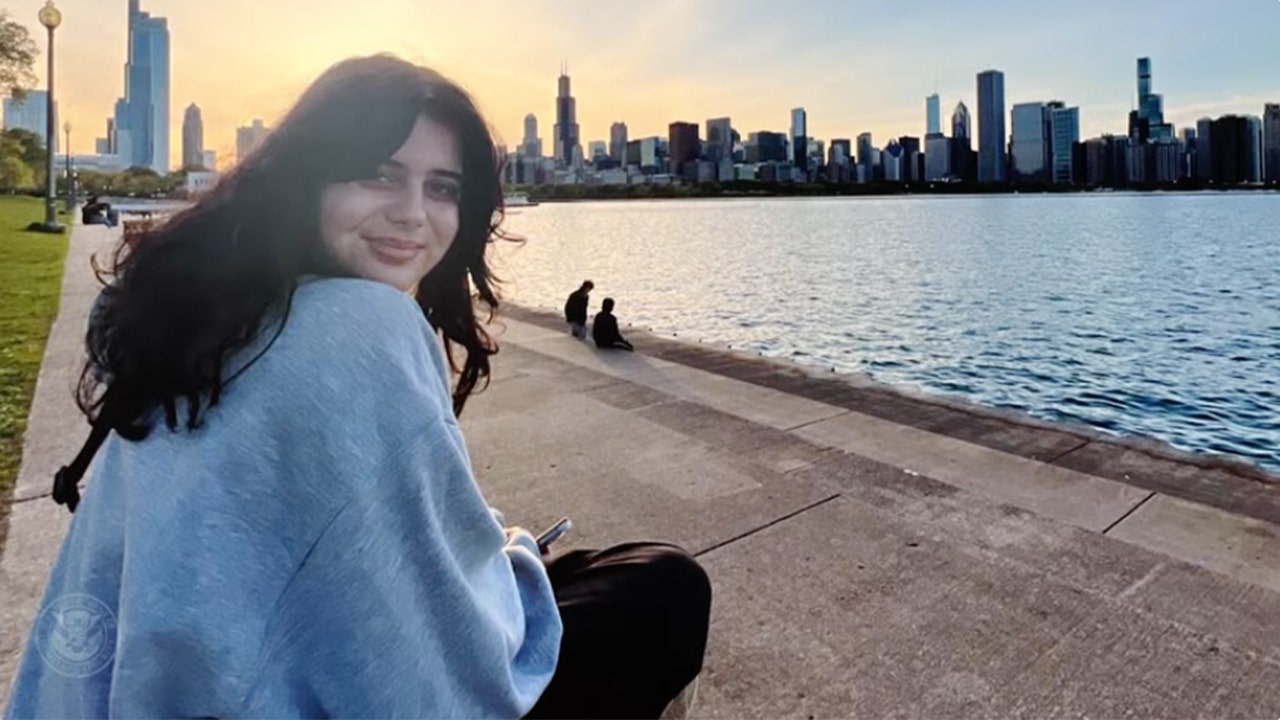New York City mayoral frontrunner Zohran Mamdani has backtracked on a key detail of a story he told about a Muslim relative allegedly facing discrimination after the September 11 attacks. The clarification came after online scrutiny revealed inconsistencies in his account.
Last week, Mamdani, a practicing Muslim and self-described democratic socialist, appeared alongside Muslim community leaders and told reporters that his “aunt” had stopped taking the subway after 9/11 because she “did not feel safe in her hijab.”
His remarks were part of a broader speech accusing his opponents—Curtis Sliwa and Andrew Cuomo—of promoting what he called “Islamophobic” rhetoric during the mayoral race.
“I want to speak to the memory of my aunt, who stopped taking the subway after September 11th because she did not feel safe in her hijab,” Mamdani said during the event.
Zohran through tears: “My aunt stopped taking the subway after 9/11 because she did not feel safe in her hijab.”
Yes, she was the real victim of 9/11
pic.twitter.com/aILr4JtVvF— Greg Price (@greg_price11) October 24, 2025
This Could Be the Most Important Video Gun Owners Watch All Year
His remarks were widely shared online and praised by progressive groups for what they described as a powerful condemnation of anti-Muslim sentiment.
However, the story quickly drew criticism from across the political spectrum. Detractors questioned why Mamdani framed Muslims as victims in a narrative centered on the attacks that claimed nearly 3,000 American lives.
Vice President J.D. Vance was among those to publicly challenge the comments, writing, “According to Zohran the real victim of 9/11 was his auntie who got some (allegedly) bad looks.”
According to Zohran the real victim of 9/11 was his auntie who got some (allegedly) bad looks https://t.co/UGeKANSAH2
— JD Vance (@JDVance) October 25, 2025
Over the weekend, social media users began examining the veracity of Mamdani’s story. Researchers located photographs of a woman identified as his aunt who appeared in multiple images without a hijab, contradicting the details of Mamdani’s remarks.
By Monday, the issue had gained enough traction that Mamdani held another press conference to address the controversy.
During that briefing, Mamdani acknowledged that he had misspoken and that the woman in question was not his aunt, but rather a distant relative. “I was speaking about Zehra fuhi, my father’s cousin, who passed away a few years ago,” Mamdani said.
He explained that he often referred to her as his aunt out of affection.
His campaign declined to provide the relative’s full name when contacted by the New York Post for verification. The admission appeared to confirm speculation that Mamdani’s initial account was inaccurate.
Adding to the confusion, internet users identified a woman named Masuma Mamdani—a public health consultant believed to be Mamdani’s only biological aunt—and circulated photos of her without a hijab.
Zohran Mamdani says that his “aunt” that he claimed on Friday was too afraid to wear her hijab on the subway after 9/11 was actually his father’s cousin named “Zehra Fuhi” who he says passed away a few years ago. pic.twitter.com/LA2jOY5K6r
— Greg Price (@greg_price11) October 27, 2025
The images intensified public questioning of the candidate’s original claim and drew attention to the lack of corroborating evidence.
When pressed about the discrepancy by reporters, Mamdani shifted focus to what he described as political bad faith from his opponents.
“For the takeaway from my more than 10-minute address about Islamophobia in this race and in this city, to be the question of my aunt, tells you everything you need to know about Cuomo and his inability to reckon with a crisis of his own making,” he said.
Despite the controversy, Mamdani continues to lead in polling ahead of New York City’s November mayoral election.
According to the RealClearPolitics polling average, he maintains a lead of more than 15 percentage points over his closest rival, positioning him as the likely next mayor of the nation’s largest city.
Read the full article here


![Zohran Mamdani’s Emotional 9/11 Speech About His ‘Aunt’ Quickly Blows Up in His Face [WATCH] Zohran Mamdani’s Emotional 9/11 Speech About His ‘Aunt’ Quickly Blows Up in His Face [WATCH]](https://www.lifezette.com/wp-content/uploads/2025/10/2025.10.16-11.11-lifezette-68f0d2e4788a0.jpg)



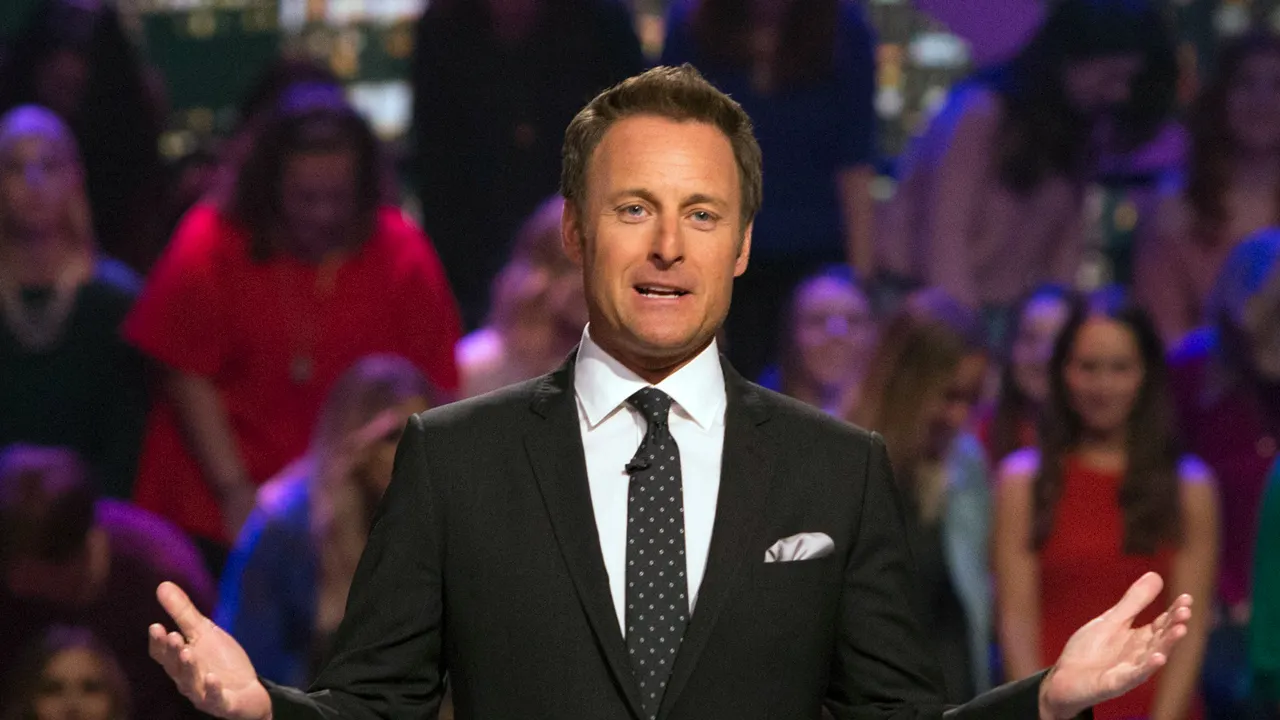
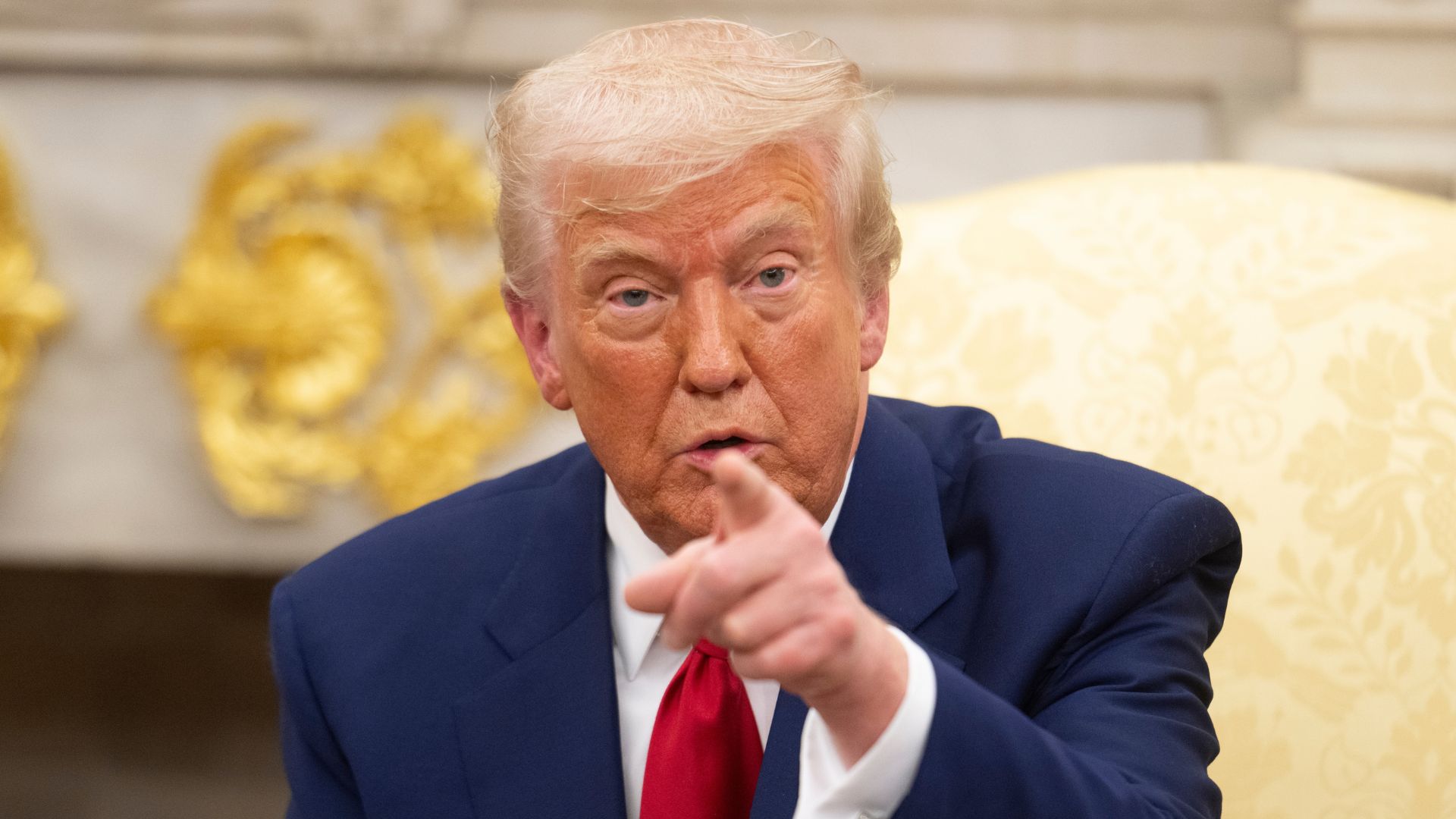
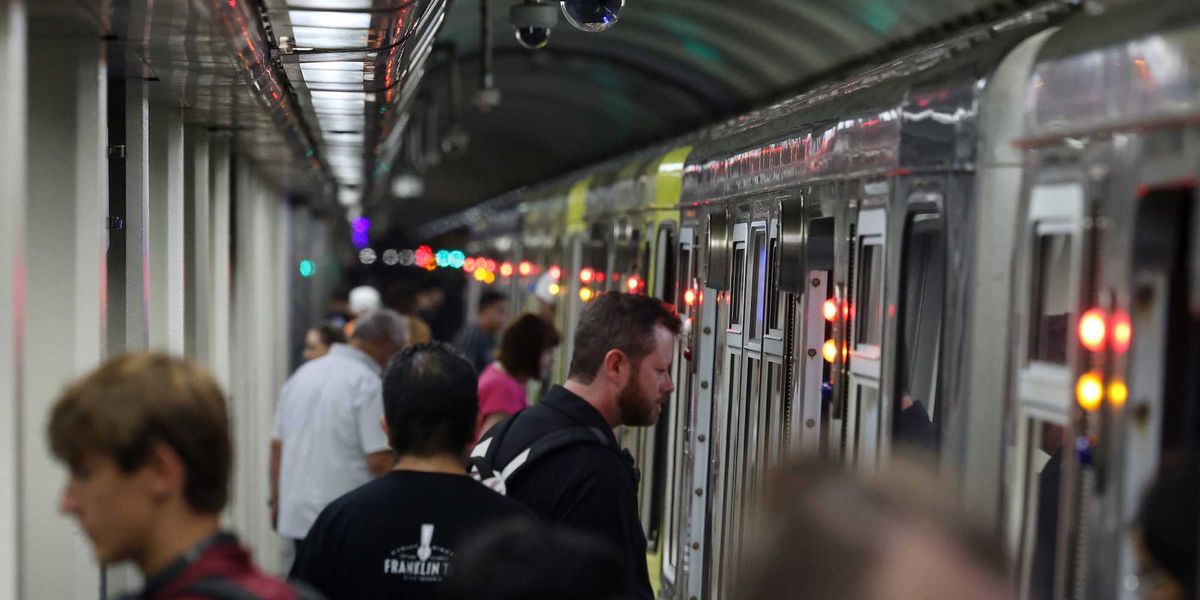
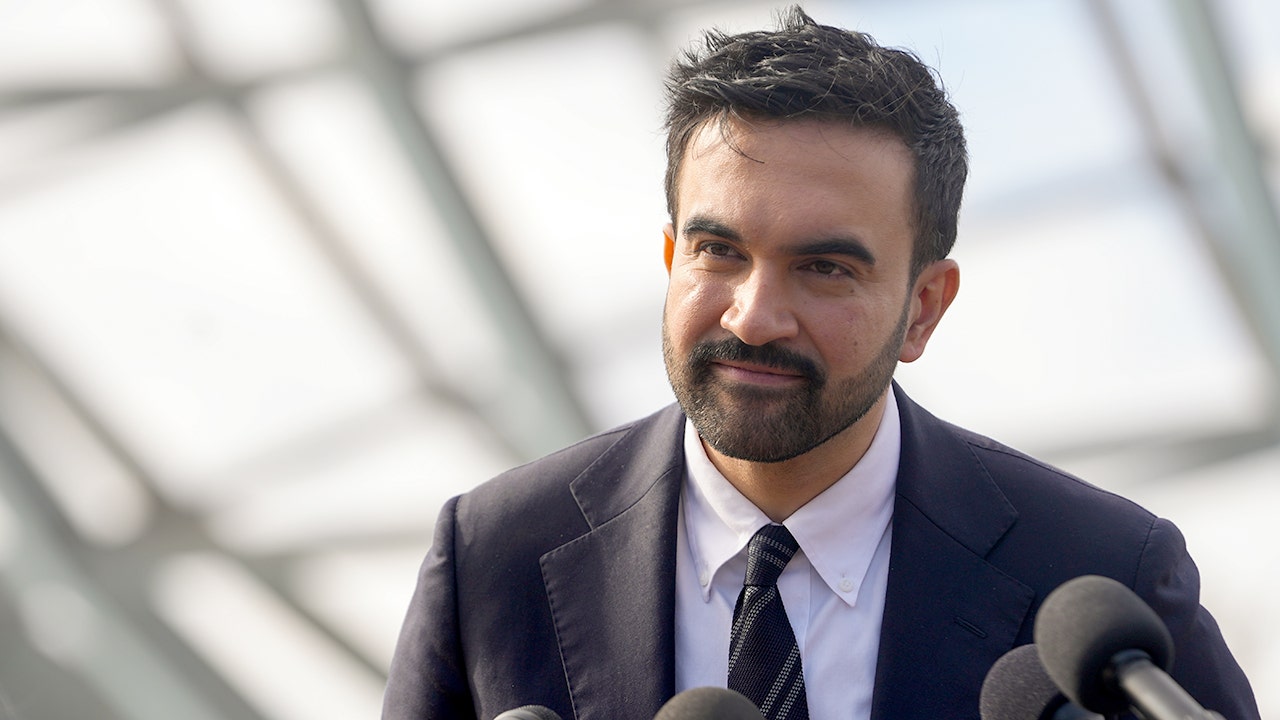
![Viral Video Shows Chicago Kids Attacking Family, Community Erupts, Demands Action [WATCH] Viral Video Shows Chicago Kids Attacking Family, Community Erupts, Demands Action [WATCH]](https://www.lifezette.com/wp-content/uploads/2025/08/2025.08.26-12.15-lifezette-68ada55dd9191.jpg)

